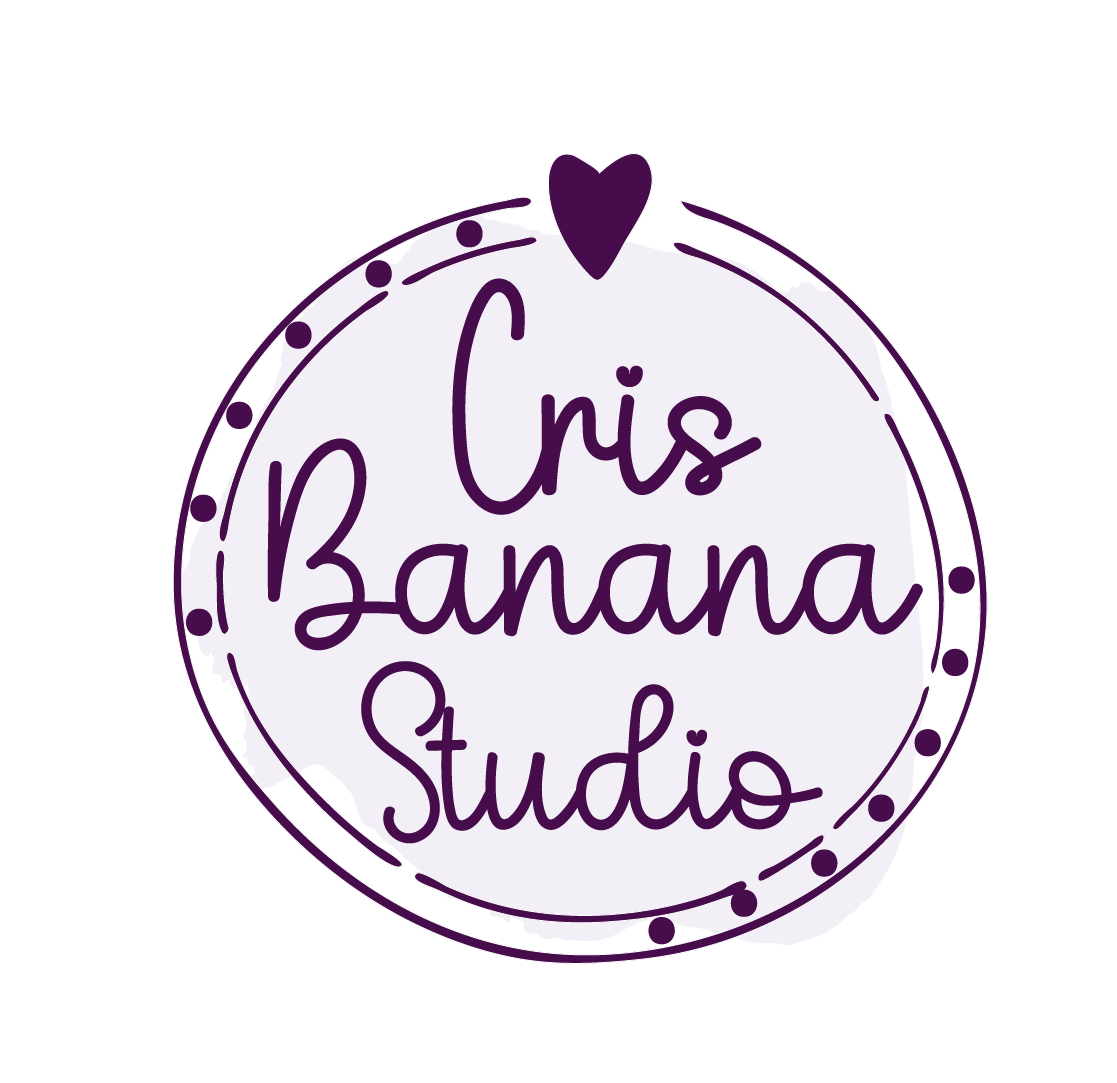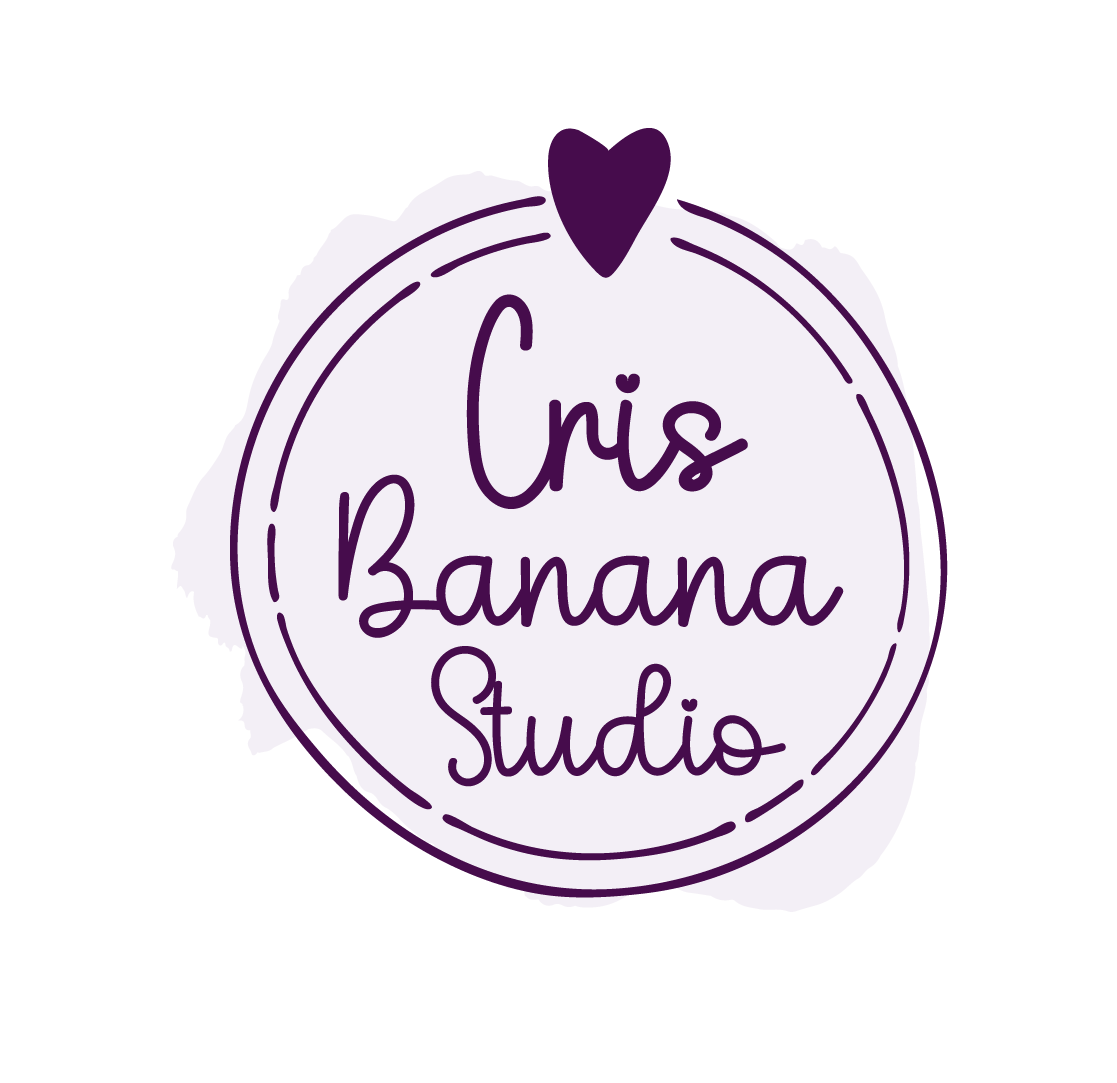5 Essential Tools to Start Your Career in Surface Pattern Design
Starting in surface design was, without a doubt, the best decision I made for my creative business and personal development. I’ve been creating patterns and illustrations for surfaces for four years now, and they’ve been the most rewarding years of my adult life. I’m not saying that it’s been easy, that’d be a lie (at least for me), but every time I get to hold a product with my design on it, I feel full of joy and excitement!
And from my point of view, having the right tools when you are starting your journey will help you get the ball rolling faster.
So, today, I'm sharing the five tools that have been integral to my journey and success in the world of pattern design.
1. A Reliable Computer
Your digital hub for all things design, a good computer, is non-negotiable. Whether you’re a Mac devotee or a PC user like me, ensure your machine has enough power to run design software smoothly. You can start with a mid-range laptop and upgrade as your business grows.
I do most of my digital work on my PC which is quite old, but every now and then I upgrade specific parts to keep it running smoothly. I’m listing the technical aspects of my PC, for whoever is curious, but don’t let this overwhelm you, I think the most helpful tool is the RAM, which is where the computer stores information while you’re working, having less than 16 GB ram can lead to a slow computer when working on big files.
RAM 32GB
Processor: AMD Ryzen 7 5800X 8-Core
Dedicated Graphics Card: NVIDIA GeForce RTX 3070 with 8 GB memory size
2 HR Dell Monitors
2. Design Software
Adobe Illustrator has been my go-to software for creating vector patterns. I love its versatility when it comes to drawing, colouring and making digital illustrations that can scale without losing quality. While there are alternatives out there, Illustrator remains the industry standard, and this is also the software I use in my M-F job as an in-house illustrator.
Other useful software are Adobe Photoshop & Procreate. Both are for raster images and the disadvantage is that the designs you create with them have a limited size/resolution, but can be also used for surface pattern design.
3. Graphics Tablet
A graphics tablet transformed the way I work. It replicates the experience of drawing on paper with a pen/pencil, making the design process more intuitive, rather than trying to draw with the mouse which can be painful! For beginners, affordable models like Huion do the job just fine. I worked with a basic Huion (85NZD) for 3 years without any problems. Last year I got a Wacom but the only reason was because that’s what I use at work and I fell in love with the dial for easy zoom in and out. And like me, as your skills develop, you may want to invest in a tablet with more sensitivity and features, but at the beginning, a simple one would do.
I also have an iPad Pro that I use mainly for sketching on the go and making illustrations that I know I won’t be scaling up, it’s also a great tool when travelling.
4. High-quality Scanner and Printer
Often, my designs begin away from the screen, I like putting pen into paper and letting the ideas flow, and a high-quality scanner helps me digitise my hand-drawn sketches for refinement in Illustrator. I use an Epson V39II flatbed scanner, and I love it.
Similarly, a good printer is important for creating test prints and proofs.
5. Online Courses and Resources
When I began, Bonnie Christine's Immersion Course was a revelation. It provided structured learning from the basics of design to the nitty-gritty of running a design business. Online resources are plentiful, but choosing a comprehensive course can save you time and provide community support.
This course is for people who are looking to learn Adobe Illustrator and the business side of surface pattern design, but there are many amazing courses out there that can cater to your specific needs. Just gotta do your research, read reviews, if they offer post-course support, if it's live, for how long you get access to the information and once you find your perfect online course, remember that you need to do the work!
With these five essential tools, you'll be well on your way to a successful career in surface pattern design. But remember, the most important tool is your creativity and willingness to learn and grow. Stay curious, keep exploring, and don't be afraid to invest in tools and education that will enhance your skills and business. Do you have any questions? Let me know in the comments, I’m always happy to help.
Some of my essentials: Wacom, Wireless Keyboard, Camera, Daily Planner, and Notebook.


